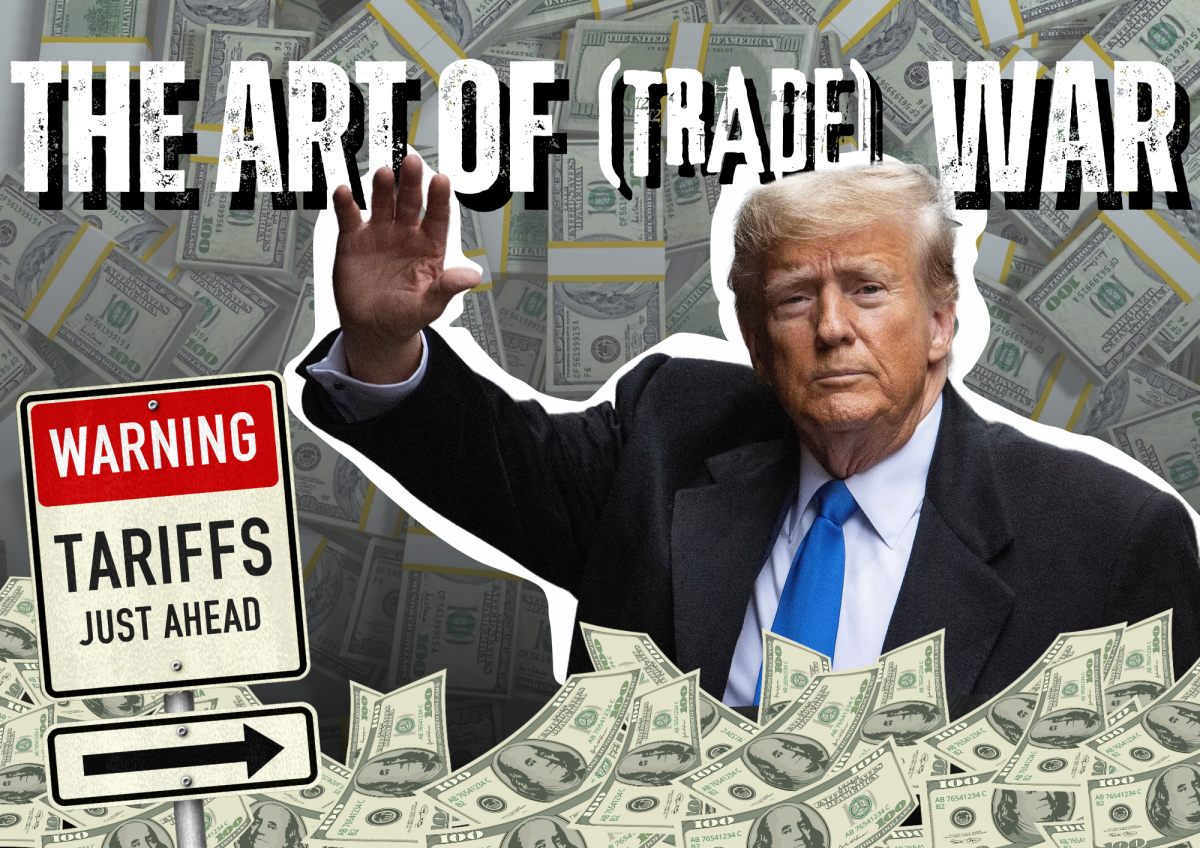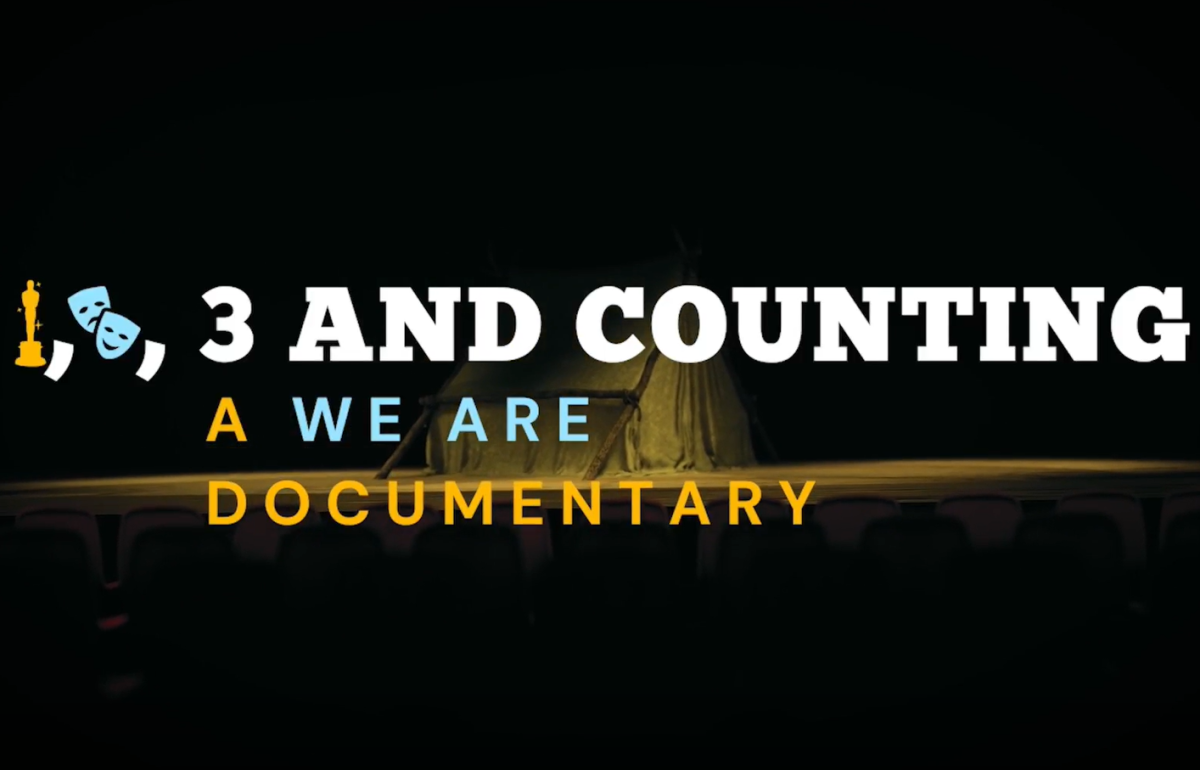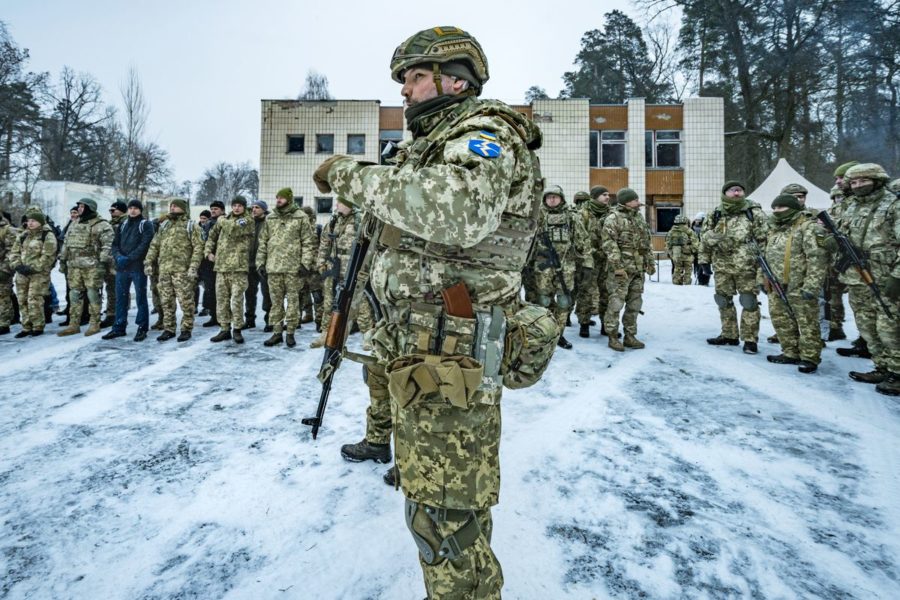Russo-Ukrainian War: An update
Celestino Arce/NurPhoto via Getty Images
A military trainer with Ukraine’s 112th Territorial Defense Brigade works with civilians during a military exercise outside Kyiv on February 5. The Ministry of Defense created defense brigades in Ukraine’s main cities because of the risk of invasion by Russia, which is amassing troops at the border.
October 19, 2022
You’re jolted awake by a heart-rattling explosion that leaves you with a ringing headache. You trip out of bed and towards your window, ripping open your blinds and glaring out onto the streets.
Below you, the streets of Kyiv are in chaos. Buildings lie in ruins and early-risers stumble about the street in a panicked search for shelter. The ominous drone of bomber planes overhead loops back towards you, dread sinking heavier in your chest as you watch the large cloud hanging low in the sky.
It’s February 24, 2022, and Putin’s Russia has just declared war on Ukraine.
Explosions and attacks started at 5 in the morning, striking Ukraine’s major cities. President Putin warns other countries to not interfere because consequences will be “as nothing seen before.”
Since the last We Are update, Tracking the Russo-Ukrainian Conflict by Lucy B, the Ukrainian War has progressed dramatically. The main events of the war from then to now can be split into three phases, which will be outlined in this article.
Phase 1 was the initial invasion of Ukraine that we’ve all heard about. It started on February 24th and ended in April with the Russian focus on the eastern regions of Ukraine. Putin set out to conquer Ukraine and replace its government by attacking the Ukrainian capital, Kyiv, from the north. The Ukrainian troops were outnumbered and outgunned, but after weeks of fighting, Russia retreated, hindered by Ukrainian resistance.
The West reacted by imposing comprehensive financial and trade sanctions on Russia, which has recently begun to show its detrimental effects on the country’s war efforts. So far, 311 foreign companies have withdrawn from Russia.
In March, Russian forces advanced from the south and successfully took the province of Kherson. Breakaway republics had been set up that year, with Moscow’s backing, in eastern Donetsk and Luhansk regions. This attack was part of an attempt to secure Ukraine’s Black Sea coast and form a land bridge between the region of Crimea, which was illegally annexed by Russia in 2014, and them.
This was preparation for the beginning of Phase 2, which began in early April and ended in late August. Russia refocused on the east, choosing to consolidate its control of the Ukrainian provinces of Luhansk and Donetsk, known collectively as Donbas. Ukraine launched counteroffensives in the north and south, taking back more than 1000 settlements. During this stage, the US and UK sent advanced missile systems to Ukraine to aid in the war.
Russia’s offensive to seize Donbas began on April 7th, when they fired cluster munitions into a train station in Kramatorsk, a city in Donetsk. It was packed with thousands of evacuees and the attack killed more than 50 civilians.
In May, Mariupol, a port city and industrial hub on the Sea of Azov, surrendered to Russian forces. The city was shattered during weeks of bombardment, killing thousands of civilians. By May 12th, the UNHCR said the number of Ukrainian refugees had passed six million.
Ukraine successfully drove Russian troops from Snake Island, a sliver of land in the Black Sea off the Ukrainian city of Odesa. In doing so – two months after sinking the flagship of Russia’s Black Sea fleet, the Moskva – Ukraine eased the threat to Odesa and further dented Moscow’s aura of naval power.
In July, the last city under Ukrainian control in Luhansk, Lysychansk, fell to Russia, after weeks of artillery bombardment and street fighting. However, Moscow made very minimal progress in its effort to secure the rest of Donbas afterwards.
Phase 3, which started in late August and is still ongoing, saw a sudden push-back from Ukraine. The country said it had launched a counteroffensive in the southern region of Kherson. It had previously been deploying newly arrived missile systems supplied by the US and other Western countries to destroy Russian ammunition dumps and other military infrastructure. They also attacked a Russian air base in Crimea.
In a recent rapid offensive, Ukraine recaptured much of the north-eastern Kharkiv region, including the key Russian logistics hub, Izuim. The advance, which continues, enabled Ukraine to seize the momentum in the war.
However, whilst Ukraine may now appear to be gaining the upper hand in the war, it hasn’t come without a multitude of tragedies. As of September 25th, 5996 civilians have been confirmed as killed during the war. In just six months of the war, more than 15 million people fled their homes, leaving behind jobs, belongings, and loved ones. Whilst this terrible war has raged on for nearly 8 months, there are ways we in Australia can help. Below are a few places you can go to help support these people:
WAYS TO HELP:













